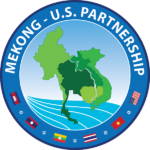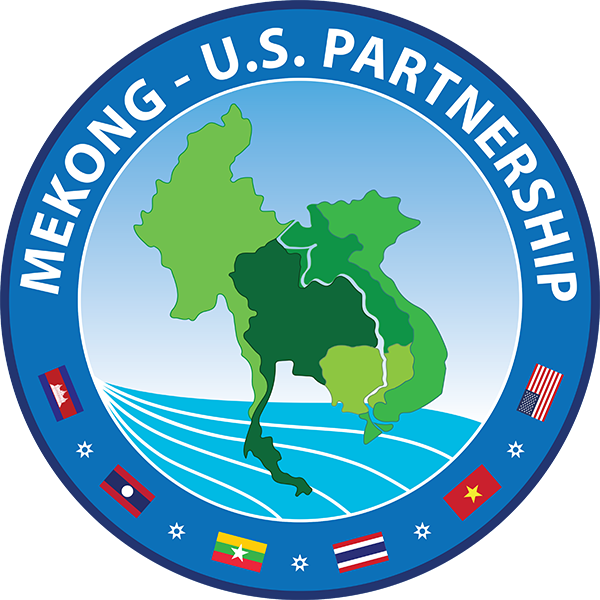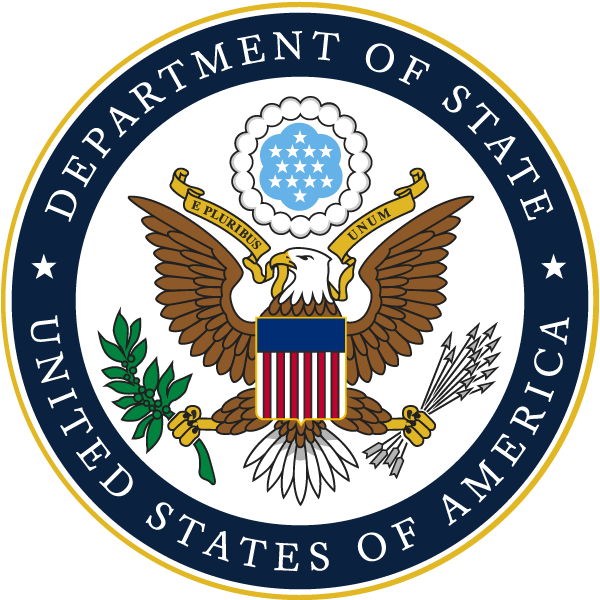Trang, Thailand – Forested wetlands – including mangroves, peat swamps, cypress domes, and related ecosystems – are thought to hold some of the highest carbon densities among terrestrial (soil and vegetation) systems. In the Indo-Pacific region, mangroves cover as much as 6.8 million hectares, or approximately 40 percent of world's total, and it is estimated that these ecosystems store more than five times the amount of carbon compared to tropical upland forested ecosystems (not including peatlands). They provide a wide range of products and services to both the communities living near them and the economies of countries in the region, yet these ecosystems are threatened by conversion to aquaculture and agriculture, urban development, overexploitation, and other deforestation and degradation.
From April 29 to May 8, 2013, the LEAD program and the USAID-supported Sustainable Wetlands Adaptation and Mitigation Program (SWAMP), in collaboration with USAID’s Lowering Emissions in Asia’s Forests (LEAF) program, conducted intensive field training in Trang Province, Thailand for 31 participants from eight Asian countries on application of a new protocol developed by SWAMP for measuring and monitoring carbon stocks in, and greenhouse gas (GHG) emissions from, mangroves and other forested wetlands. SWAMP is a collaborative effort by the Center for International Forestry Research (CIFOR), the USDA Forest Service (USFS), and Oregon State University, with support from USAID.
Field practitioners and policy makers from Cambodia, Indonesia, Malaysia, Papua New Guinea, Philippines, Singapore, Thailand, and Vietnam participated in the collaborative nine-day training aimed at providing them with credible scientific information needed to make sound decisions related to the role of tropical wetlands in climate change adaptation and GHG mitigation strategies. The course included sessions on the concepts and science of the protocol, a newly developed method that is informing the Intergovernmental Panel on Climate Change (IPCC) 2013 Wetlands Supplement (forthcoming) to the 2006 National Greenhouse Gas Inventory Guidelines. Participants then spent four days in mangrove forests gathering data using the protocol methodologies for four different types of mangroves, and two days learning how to process field samples and make preliminary calculations of carbon stocks. The participants also brainstormed options for building national communities of practice and a regional network of mangrove specialists, and produced action plans for future training and capacity building in their countries.
Source: Lowering Emissions in Asia’s Forests (LEAF)
Source URL: http://lowemissionsasia.org/news/mangrove-protocol-training-trang
 Mekong - U.S. Partnership
Mekong - U.S. Partnership


